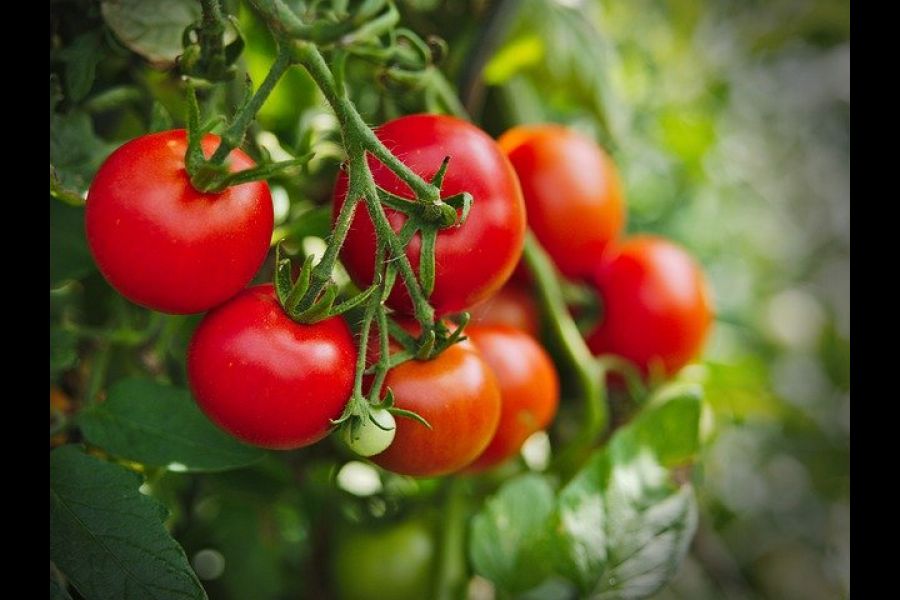The second in a 10-week gardening series organized by the Niagara-on-the-Lake Communities in Bloom committee.
Marla Percy
Special to The Lake Report
Companion planting means placing different plants in close proximity to one another for their mutual benefit. An easy topic, so I thought.
I could share the list passed on by my mother. But after some reading, I found most old lists were not science-based. And newer information is much more complicated than anticipated.
If you are committed to companion planting, let me introduce you to “Plant Partners” (2020), by Jessica Walliser, with forward by Jeff Gillman. This book details companion planting for large- and small-scale farming, which I couldn’t do justice to in a short column.
For now, here are some tips to meet your small-scale companion planting needs.
1. Everyone wants their own tomatoes. Basil planted around the base of your tomatoes will fend off hornworms, thrips and mosquitoes, plus it enhances the tomatoes’ flavour. If some of the basil flowers, the bees will love it.
Planting onions (leeks, shallots) near tomatoes emits a pungent odour, which masks the attractive smell of the fruit. Borage planted near tomatoes attracts many beneficial insects, which in turn may eat the pests on the tomatoes.
2. Borage is another good companion for strawberries and it also enhances the flavour.
3. Planting the three sisters – corn, beans and squash – together makes a perfect trio. The large leaves of squash smother weeds and beans use the corn as support while fixing nitrogen around the roots.
4. For peppers of any kind, plant with green onions and chives, or plant with flowers such as cosmos, zinnias (single-petal variety), yarrow or peppermint. These attract lady bugs, which eat the aphids, and parasitic wasps, which eat the leaf miners. If your pepper problem is white fly, then planting crimson clover nearby lures bugs that will gorge on them.
5. Nasturtiums lure insects from crops and attract caterpillars away from brassica like cabbages.
6. Peas and beans have nitrogen-fixing abilities and have increased the size of potato tubers when grown together.
7. Beets work well with mint, sage, cauliflower, garlic, bush beans and corn, adding minerals to the soil. Onions, garlic and chives repel red spider mites. Peppermint deters rodents and insects, while parsley attracts hoverflies, aphids and swallowtail butterflies.
8. Finally, marigolds repel plant parasitic nematodes, which can cause twisted leaves and stems, and carry viruses and bacterial diseases. Marigolds also attract damsel bugs, which kill white fly. So plant them everywhere in your garden. (Mom was right about marigolds – she was always right.)
Go ahead. Create diversity in your garden and forget monocultures.
Marla Percy is past-president of the NOTL Horticultural Society.









